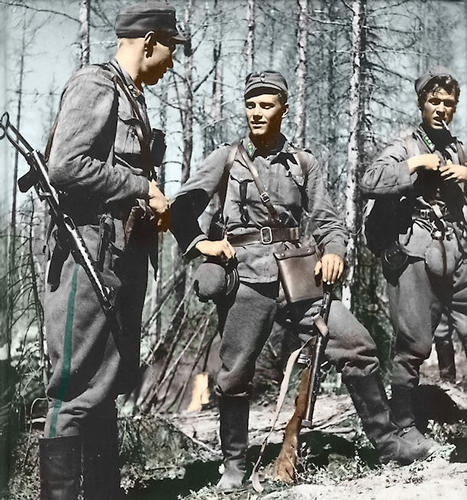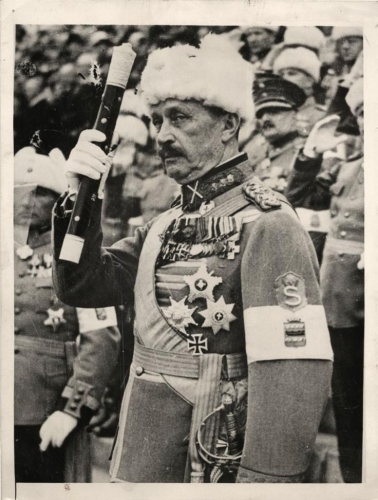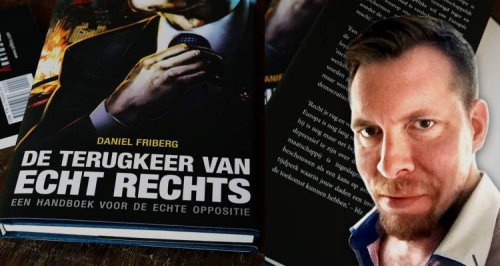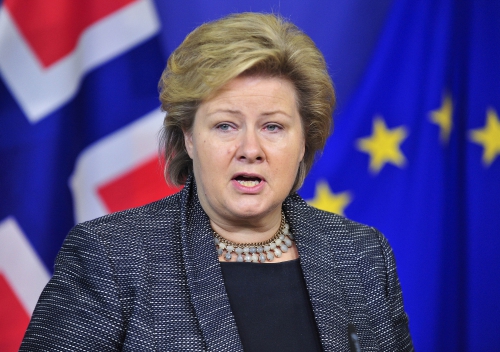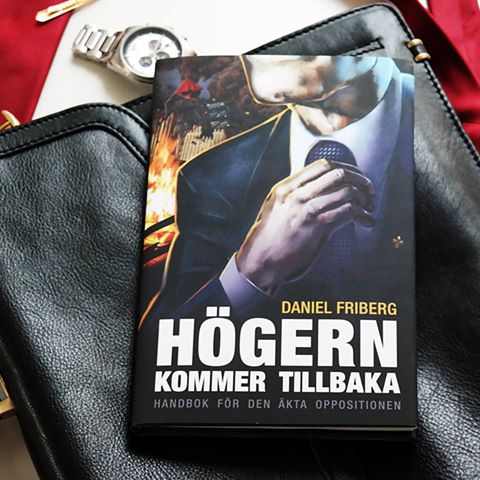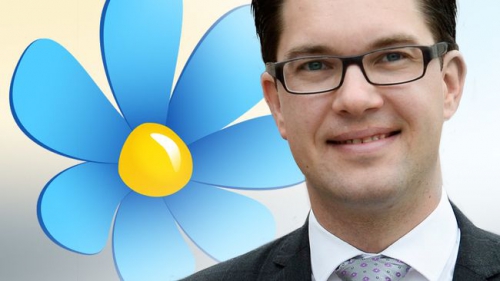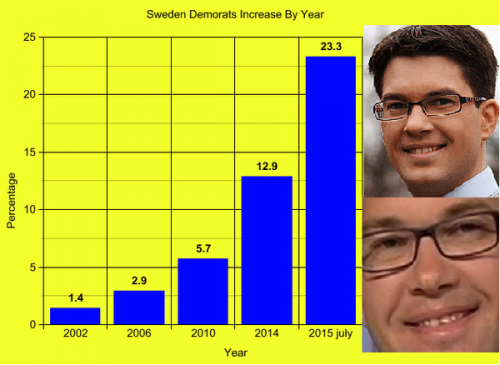Johannes V. Jensen cannot be called a forgotten writer — he won the Nobel Prize in Literature for 1944 and is still remembered in his native Denmark — yet his name will probably be unfamiliar to most of my readers. He was born in 1873, the second of eleven children of a veterinary surgeon in the village of Farsø in Northern Jutland. To help finance his medical studies at the University of Copenhagen, he began writing “cliffhanger” newspaper serials. After three years, he switched to full-time writing and journalism.
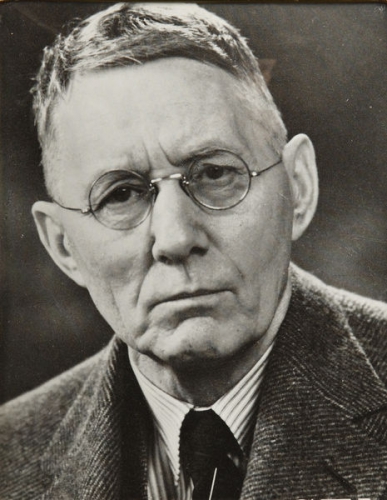 Jensen’s first success in the realm of serious literature was a series of sketches set in his native region, the Himmerland Stories. While still in his twenties, he produced The Fall of the King, a historical novel about Christian II of Denmark (reigned 1513–1523); the novel remains a classic of Danish literature, and in 1999 was named Denmark’s greatest twentieth-century novel by two separate newspapers. Jensen also wrote poetry and introduced the prose poem to Denmark. His travels in America inspired one of the most famous poems in Danish literature: “At Memphis Station.”
Jensen’s first success in the realm of serious literature was a series of sketches set in his native region, the Himmerland Stories. While still in his twenties, he produced The Fall of the King, a historical novel about Christian II of Denmark (reigned 1513–1523); the novel remains a classic of Danish literature, and in 1999 was named Denmark’s greatest twentieth-century novel by two separate newspapers. Jensen also wrote poetry and introduced the prose poem to Denmark. His travels in America inspired one of the most famous poems in Danish literature: “At Memphis Station.”
Both his rural background and his scientific training gave Jensen a strong interest in the natural world, and he turned to the study of evolution. Never a religious man, he was interested in the question of whether and how science and evolution might provide a worldview and hierarchy of values such as religions have traditionally provided. As a novelist, he undertook to recreate the evolutionary history of mankind in imaginative form. Between 1908 and 1923 he published a series of short works devoted to significant steps in mankind’s rise to civilization, with an emphasis on explorers and discoverers. These were then collected into a single epic work called The Long Journey, which was the work cited by the Swedish Academy in awarding Jensen the Nobel Prize.
The Long Journey is divided into three principal parts: “Fire and Ice,” “The Cimbrians,” and “Christopher Columbus.” The first part is set in prehistory and concerns anthropogenesis, the process by which apes of the genus Homo became recognizable human beings. The story also involves the differentiation of humans into distinct races and the issue of relations between races.
At the start of The Long Journey, the climate is warm and primeval hominids wander the forests in bands, competing with the other animals for food. To other species, the proto-humans are distinguished mainly by their restlessness and continual vocal noises. Hominid bands do not get along well, and try to stay out of each other’s way, although there are occasional exchanges of females.
Anything small enough to be held in the hand is food: not everyone can tell the difference between a berry and a spider, so they are eaten indifferently. When a band exhausts the foodstuffs in one place, they simply move on to another. An outside observer could have observed that they were following an annual course synchronized with the seasons, but the still apelike creatures themselves are unaware of this. Indeed, they have little memory at all. Dusk is a new crisis every twenty-four hours, for the previous night has already been forgotten. Band members huddle together on the forest floor, keeping as still as possible. Higher ranking males occupy the protected center along with the more fertile females; wild animals are left free to pick off the children or the aged from the margins until daylight returns.
Fear is the most common state of mind. Hominids fear the water, the night-time, other bands, larger animals such as elephants and big cats—but most of all they fear the occasional outbreaks of fire. When fire appears, there is nothing to do but run until one drops. Looming high above the forest is a mysterious mountain that is seen to spit fire from its top from time to time; it is the presumed source of the fires which periodically spread panic through the forest. No one dares approach it.
Each band is led by a dominant male known simply as “the Man.” He is larger and usually somewhat older than most of the rest, with a more powerful voice and a woollier and more fearsome head of hair. Most importantly, he has a rudimentary memory, which tells him the proper course of action when dangerous situations recur.
The narrative begins with fire breaking out in the forest. The Man has seen fire stopped in its tracks by water, so he leads the band to a swampy area. Only the greater fear of fire could induce primeval men to enter the water; even so, the Man must encourage a few recalcitrants with well-aimed rocks. Crouching in terror with their nostrils barely above water, the band waits out the fire. One female is so frightened that she goes into labor during the blaze; she names the boy Fyr (fire).
The band survives to marvel at the destruction wrought by the fire. Fyr grows up to be more restless and more courageous than most of his fellows, early on learning to wander far from the band, exploring the world around him. Eventually, as an adolescent, he finds his way up the lower slopes of the fire mountain. Although the nights are cold there, the ground is always warm, and predatory animals keep their distance. He takes to spending whole nights on the mountain by himself. As he ventures farther up, he sees veins of reddish fire half-hidden inside the ground. Poking around in one of these spots one day, the end of his stick catches fire. Frightened, he runs away. But eventually he comes back to find the fire gone out and the stick blackened. He learns that the behavior of fire is not random; it obeys certain rules, such as that when there is nothing left to burn, it goes out. Soon, he is going about with lit branches: primitive torches. He learns that fire cannot spread as long as he does not let it come into contact with anything flammable.
Eventually, Fyr brings his new discovery back to the band. At first, they flee as usual. But they notice that the wayward explorer is not afraid. He sets up the first hearth, where the fire can be tended and kept from spreading. Gradually, his fellows return and he finds himself recognized as the big man of the band: the tamer of fire.
The band has less to fear at night now, for the fire keeps dangerous animals away and allows them to see one another. It is a great day when they make the accidental discovery that animal flesh tastes better after it has been in the fire for a time. Soon they are bringing regular “offerings” to the Fire God of the tribal hearth, and a primitive religion is born.
In Jensen’s view, however, fire is not the decisive step which separates man from the other animals; the decisive step is the contest with ice.
After the passing of many ages, the fire mountain goes into a long sleep and the forest turns cool and rainy. Floods wash away the remains of once-lush vegetation, and the ground becomes a morass of decaying wood and naked stones. Blackened trunks are all that remain of the palms. As edible plants become scarce, the weaker animals die and the stronger start heading south where warmth and food are still to be found. (There are a few exceptions: pachyderms who remain in the north to become woolly mammoths, bears who prefer to sleep until the warmth comes back.)
The hominids go south as well. With their short memories, most are hardly aware that they are doing so. Each winter finds them one more valley farther south, and most assume it has always been so. One obstinate fellow, however, remembers each retreat and resents having to constantly give way to the encroaching ice. A descendant of Fyr, he belongs to the priestly class which tends the sacred fire. But like his ancestor, he is a rebel and a curious man who likes to wander far from his tribe. His name is Carl, and he will become the first human being.
He followed his tribe, gave ground with it from one valley to another, but it was against his humor. There was coercion in it, and that hardened his heart. How long was the retreat to be kept up, was it to go on forever? Must they not one day turn and face the cold, set their teeth against this silent power that had begun to make everything whither and stiffen?
It was not a matter of rational decision:
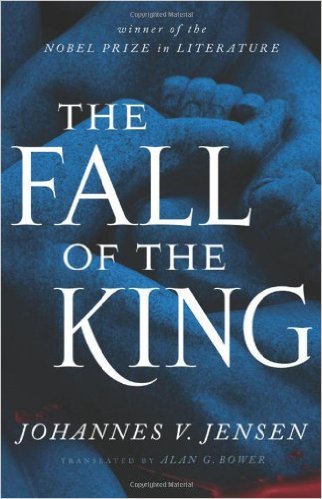 He was a primitive man, with mighty impulses but no reflective mind. He simply did not turn aside for anyone or anything, and this savage strength that blindly revolted against any kind of compulsion was the cause which sundered his fate from that of his tribe.
He was a primitive man, with mighty impulses but no reflective mind. He simply did not turn aside for anyone or anything, and this savage strength that blindly revolted against any kind of compulsion was the cause which sundered his fate from that of his tribe.
The tribe occasionally sends out search parties: to the south, of course, but also back to the north to scavenge any foodstuffs that may remain. On one such northward journey, Carl is tending the fire for his sleeping companions. Feeling pity for them, he rebels against his sedentary duties and determines to go out to do battle with the common enemy, Cold. He prepares the fire as best he can to go on burning until his return, and quietly steals away. He heads up the slope of a nearby mountain until the trees disappear and the rocky ground is covered by nothing but moss. There are outlandish sights to behold here: the rain has become white, and the surfaces of puddles are hard and unyielding. Yet he finds the atmosphere oddly congenial:
Carl sniffed with wide nostrils and drank in the pungent frosty air which sharpened his sense of smell to the utmost, but brought him no message either of plants or beasts. Instead he had a keener feeling of himself, of his blood and his breath, the singing purity and sweetness of the air made him more alive, he snorted like a horse and shook himself violently.
From the top, the valley below is a confused mass of uprooted trees lying like sticks and the bloated carcasses of drowned animals. The devastation of the rains shows like channels which a finger has drawn through the carpet of the forest. But Cold is nowhere to be found. Looking out toward the north, he finds that climbing the mountain has only gained him a view of yet higher mountains trailing off into the distance: “Ah, then the pursuit might be long, then it would be hard indeed to reach the Mighty One who sent down cold into the valleys.”
When he returns to camp, the fire has gone out and his companions have left. When he catches up with them, they are hostile. They do not understand that he had set out on his mad chase for their sake; they believe he has betrayed them, and are determined to kill him if he approaches them again.
Carl survives from day to day by hunting, gorging himself on the blood and raw flesh of the animals he catches and pressing himself against their carcasses to enjoy the last warmth ebbing out of their bodies. He learns to cover himself with bearskins. As his search for the Great Spirit of Cold continues to prove fruitless, “the foundation was laid in his mind of the first heathenism, the consciousness of the impersonal forces of nature.” He begins to feel that “merely to be alive was a victory.”
Turning to the north, Carl decides to seek out the fire mountain he barely remembers from his earliest youth, from before his tribe began their annual southward trek. After many days he finds it, still with plenty of traces of the old fire upon it. But it is cold all the way to the top. Carl will not be able to recover fire in this way, and he weeps with despair.
Soon after, however, an unexpected development occurs. He chances upon an isolated member of his own kind and determines to hunt it down. The chase goes on for hours, but Carl perseveres until his quarry drops from exhaustion. When he comes close to examine the catch, he is strangely charmed by it and decides to keep it alive. “Thus arose monogamy,” observes Jensen deadpan.
Carl’s new mate follows him farther north, where he gradually improves as a hunter and maker of clothes. All he has to remind him of fire is the flint he uses to make axes. He realizes that fire is somehow contained in the flint, for each time he flakes off a bit of it, he detects the scent of fire. Soon he is flaking flint just to recover the sense of the warm element he has lost. For hours on end he pounds the flint with various stones, but no fire appears.
One day he accidentally comes upon a yellow (i.e., sulfurous) rock. When he pounds the flint with it, generous sparks fly out. Trembling with excitement, Carl gathers dry wood into a pile and contrives to let the sparks fall upon it. Within minutes, a huge bonfire is blazing. Carl and his mate are beside themselves with joy; their lives have been changed forever.
Children start arriving and Carl becomes the patriarch of a growing clan. Soon his children are plentiful enough to hunt even mammoths. After Carl’s death, the sacred fire stone is passed down through his eldest line. His grave becomes the shrine where it is kept.
Life is still not easy for the men of the north, and the land of eternal warmth becomes a beckoning racial memory to them, “the imperishable legend of the Garden of Paradise”:
Legends more and more romantic were told of the lovely dusky daughters of the jungle, but the few specimens it was still possible to procure in the flesh smelt of civet and were not to the taste of the Icemen. A dream that makes your mouth water is one thing, the unappetizing reality another. And when at last distance and time had entirely sundered the two races, any propensity for the savage women came to be regarded as indecent.
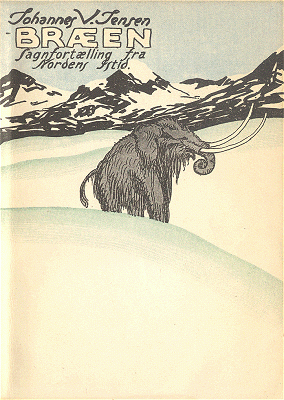 Thus the gulf between the two races parted by the ice became a profound eternal chasm. They were no longer each other’s like. The division between them was fateful in its effect. The primitive people who continually gave ground remained the same, whereas Carl, who could not yield, had become another and had passed on his changed nature to his descendants.
Thus the gulf between the two races parted by the ice became a profound eternal chasm. They were no longer each other’s like. The division between them was fateful in its effect. The primitive people who continually gave ground remained the same, whereas Carl, who could not yield, had become another and had passed on his changed nature to his descendants.
Carl’s race remained settled in the North and adjusted itself to ever more difficult conditions, which necessitated progress at home. They no longer resembled the naked and forgetful savages from whom they were originally descended, they were other men.
One should bear in mind that Jensen wrote this tale between 1908 and 1923, whereas the theory of cold selection did not enter the scientific literature until 1931.
[Carl’s tribe] had lost the forest man’s way of going slap-dash at a thing and then stopping to scratch himself; their life had taught them to take good thought and strike home when the time came. They did not live exclusively in the moment, the eternal summer of the jungle; they had to remember and think ahead if they were to survive the seasons. In place of the passion, harmless enough, of primitive man, they had assumed a self-command which might have an air of coldness; the wider range of their activities compelled them to think twice and hesitate. This made them introspective and apparently joyless; there was no sound of chirruping about their dwellings as in the leafy booths of the forest.
The sobriety of Carl’s descendants could be misleading, however:
Impulsiveness and joy of life lay deep in their nature, and had acquired added strength. In this they took after Carl, whose lifelong calm was legendary, but of whom it was also related that on two or three occasions he had used his primitive strength with all the violence of rage. It was said that none had seen Carl laugh, and yet there was proof that he had enjoyed existence more hugely than anyone alive.
Many generations pass and the sons of Carl multiply greatly. Parallel to the story of human evolution runs that of human inventions and discoveries: the snow sledge, the boiling of food, the consumption of milk, the domestication of the dog, baked clay pottery, and so on. Carl’s eldest line evolves into a corrupt priesthood whose power is based on possession of the yellow fire stone and superstitious fear in the minds of others. They do no hunting, getting fat on the quarry brought home by others. One little boy named White Bear marvels to see his tall, strong father cringe before a puny priest who arrogantly orders him around.
When White Bear comes of age, he kills a priest in a fight over a girl and is banished from the tribe. He and his mate May journey many days to the south until they reach the coast and can go no further. He learns to build rafts to travel across the rivers and lakes of his new homeland, and dreams of one day crossing the open ocean in such a craft.
May makes an offering of corn to the gods of the earth, and is surprised when the earth returns her gift many times over. Each spring thereafter she makes a more generous offering. Thus agriculture is born, and White Bear’s family enjoys an improved diet.
But the climate is getting warmer again, and the melting glaciers to the north begin to flood their lowland home. Nature forces White Bear’s hand; he builds the largest raft he can and sets sail with his family across the waters to the south. After several days of terror and near despair, the family reaches a new land which they name Lifeland. The climate is mild and food plentiful; horses roam the grassy plains, and the family begins to tame them. Fatefully, the land is already inhabited:
In Lifeland White Bear met with the primitive folk. It never occurred to him that the scurvy little savages who infested the thickets like vermin were the beautiful naked people he had dreamt of finding in the southern forests; and yet it was they. They were directly descended from the same people who long ago had thrust out Carl and left him at the mercy of the winter.
White Bear names them “Badgers.” They are frightened of the newcomers, and it takes a long time for him to get a good look at them. He makes many signs of friendship and goes about with green boughs in his hand in place of weapons—the first racial liberal, as it were. Eventually the Badgers understand that he does not intend to eat them, and a mutually beneficial trading relationship grows up between the two peoples.
The Badgers do not build themselves houses, sleeping on the bare ground or in the bushes. The lot of their women is miserable. Monogamy is unknown, and thievery their only way of obtaining property. They have fire, but have made no progress in its use since the days of Fyr. They have never noticed that there is such a thing as corn, though they are wading to their necks in it. The Badgers consider themselves elevated in a positively transcendental degree above all that bore the name of beast.
They were altogether unfeeling towards animals, in a way that struck White Bear as both foreign and revolting; not content with killing them in the chase, they tortured them in cold blood for their amusement. They only knew of killing horses; they had no notion of taming them.
The only new thing to which they introduce White Bear is music, developed from plucking the bowstrings they use to hunt. White Bear is astonished at the capacity of the Badgers’ music to awaken previously unsuspected emotions within him.
The easy availability of food leaves White Bear much leisure for building. Soon he is traveling around in rafts and canoes of his own construction, and the Badgers begin to take an interest in his projects:

They showed a certain constancy as far as watching White Bear’s work and copying him went. They developed a peculiar sidelong look through always stealing with their eyes without a word of thanks to the owner. They showed a surprising capacity for imitation, learning in a twinkling how to clothe themselves and boil and drive a sledge and sail on the water and everything White Bear could do. In fact, they assimilated all this so well that it was not long before they began to hint among themselves that they had really been well acquainted with all these things beforehand. They were not far from jeering at the Firebeard who gave himself out to be the originator of the most obvious things. All the same they never got any further with the new things they had learned until they had gone and pried on White Bear’s fingers while he was at work.
Seeing that sledges are of little use in his new environment, White Bear ponders other means of transportation. The use of log rollers soon leads him to the discovery of the wheel. White Bear eventually builds a cart with wooden wheels and axles, but his first horse-drawn test drive ends in a smoky crash as the axles catch fire. The Badgers erupt in laughter at the sight, perceiving nothing but a man taking a tumble and getting singed. For White Bear the experience provides a new method of obtaining fire and reveals the need for lubricants.
White Bear’s greatest project is a large ship, now for the first time with a keel and held together with nails. The Badgers look on, and their attitude to White Bear imperceptibly begins to change:
The Badgers knew very well that the white men were no more supernatural than themselves. And truly it was no longer with abject wonder that they looked at the great masterpiece of a ship that White Bear had under construction on the beach; it rather weighed on them like a burning sickness from which they were suffering.
Who did this man think he was? His experiments were a challenge to the very gods!
One day, White Bear lets slip an unfortunate jest, telling the Badgers it was after all a lucky thing that had occurred to him at the start to propel a ship end-on, otherwise they might have sailed broadside to the end of time. White Bear quickly forgets the remark, but the Badgers remember, and the shame of it seems to burn more strongly as time goes on. White Bear sees that something is bothering the Badgers and tries to cheer them, but nothing seems to work.
Soon White Bear is ready to load his family on his new ship and sail for the distant horizon. A few supplies are still wanting, so he drives his cart inland after game.
When White Bear had been gone some hours, the Badgers come creeping up to the settlement from different sides, surrounding it and hiding themselves, while three or four of them openly go towards White Bear’s house.
May is at home with her three daughters, the youngest of whom is still a little child, and a half-grown boy called Worm. To him the Badgers address themselves, and they talk for a while of this and that. Worm knows them well, as they were in the habit of coming to the settlement and asking favors of White Bear. This time they only want to borrow a clay pot, and as Worm turns his back to fetch one, they throw straps around his arms and legs and pull him down. Worm defends himself desperately, but more Badgers come to help and Worm is overpowered.
The confusion brings May out with the little girl. The two grown-up daughters stay below, in the stone house. Not a word is spoken between May and the Badgers, but when she looks around at them and sees Worm lying bound, she takes up a heavy piece of wood, lifts the little girl up on her arm, and begins to fight for her life and the children’s. She fights for as long as she can still see, raging like a she-bear, till she can feel no more.
The settlement is thick with Badgers, as whole armies of them have swarmed up from the grass and undergrowth; they are so many that they press each other backwards and forwards like a tideway, swaying in and out, almost too numerous to get anything done. But that only happens after a while. Some of them make for the ship, while others split White Bear’s sledges to pieces and kill the domestic animals. The daughters are brought up, shrieking, from the house, but soon their cries are stifled by skins thrown over their heads and die away as they are carried off.
One group takes Worm and leads him to a tree to be tortured.
Deep inland on his hunting excursion, White Bear sees smoke rising from the horizon and hurries back. It is his ship burning.
Outside his house, White Bear sees things even worse. Here, the Badgers had spent at least an hour amusing themselves at their ease, and the whole settlement is bespattered with blood. May is dead; in her arms, she holds the unrecognizable body of the little girl. Dying and bound to a tree, White Bear finds his son Worm. They have cut his back open and torn the lungs from his living body.
The chapter that describes these events is entitled “The Call of the Blood.”
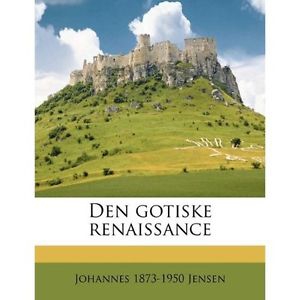 White Bear takes plenty of revenge upon the Badgers, of course, but he gradually realizes both that their numbers are inexhaustible and that they no longer have any idea why he is killing them. They have already forgotten the attack on the settlement and sincerely believe that White Bear is the aggressor. So the killing comes to seem pointless to White Bear, and he leaves off.
White Bear takes plenty of revenge upon the Badgers, of course, but he gradually realizes both that their numbers are inexhaustible and that they no longer have any idea why he is killing them. They have already forgotten the attack on the settlement and sincerely believe that White Bear is the aggressor. So the killing comes to seem pointless to White Bear, and he leaves off.
It is not always easy to identify the exact races or geographical areas depicted in Fire and Ice. The land of ice is probably the Scandinavian mountain ridge; Lifeland is at one point said to be Russia, and is obviously a steppe area. But who are the Badgers? They seem to combine the traits of Black Africans and American Indians, and their attack on White Bear’s settlement may well have been based on accounts of North American Indian raids. Jensen had both artistic and scientific reasons for leaving some of the details of his account vague; he wished to produce a narrative that would not lose its value after another generation of paleo-anthropological discoveries.
The second volume of The Long Journey follows a skald, or traveling poet and storyteller, as he wanders north into Jutland toward the author’s own native region of Himmerland. In this Iron Age society, there are two kinds of person: free men and thralls. The thralls are darker-haired, shorter, and sturdier; the free population are tall, blond, and lithe. Repeated flooding forces them to pull up stakes and wander southward, repeating collectively the earlier journey of White Bear. Here, prehistory melds into history as the Jutlanders run into not Badgers, but Romans. The narrative becomes the story of the Cimbric Wars (113–101 BC), which gave the Republic its greatest fright since Hannibal. The narrative ends with the luckless Cimbric survivors living as slaves in Rome and contributing their blood to the servile class. Of course, five hundred years later, their cousins who remain in the north will attack Rome once again with a very different result.
The third volume of The Long Journey focuses on the first journey of Columbus, whose story is presented as another reprise of the northerner’s return, under the influence of unconscious racial memories, toward the south from which he had first emerged.
Christopher Columbus came from Genoa, a Ligurian by birth, but we shall understand the roots of his nature if we regard him as a descendant of the Longobards, of people who had moved from Lombardy to the coast. As by virtue of his nature and his surroundings he was compelled to develop, [Columbus] may be taken as the type of that flaring up of the faculties and that profound bewilderment which mark the Northerner when he is transferred to the South.
Once again, northern man is brought face to face with his remote cousins, and the meeting is fateful for all of his future development. The last chapter of this story, of course, has yet to be written.
Jensen closes his epic with a brief vignette of Charles Darwin on his journey past Tierra del Fuego through the Beagle Channel. Darwin’s significance, of course, is that he revealed to men their primitive kinship—and, by implication, the different histories which separated them as well; in Jensen’s words, “he drew the despised ‘savage’ up to the breast of civilization as the distant kinsman who stands between the white man and the beast.” In Darwin, man became conscious of the long journey which had made him what he is.
Jensen lived until 1950, continuing to write prolifically, but never again producing a work of prose fiction. His epic of human evolution was his ultimate message for mankind.
The Long Journey has not been reprinted in the English-speaking world since 1961. As Jensen’s Wikipedia entry sagely observes, “his often dubious racial theories have damaged his reputation.”
Source: The Occidental Quarterly, vol. 15, no. 1, Spring 2015
Related





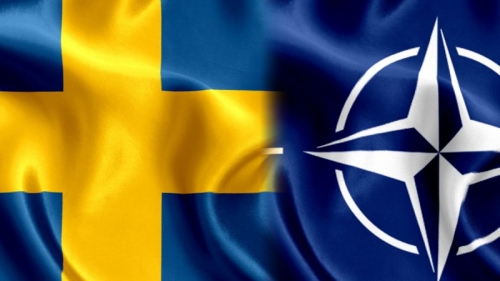
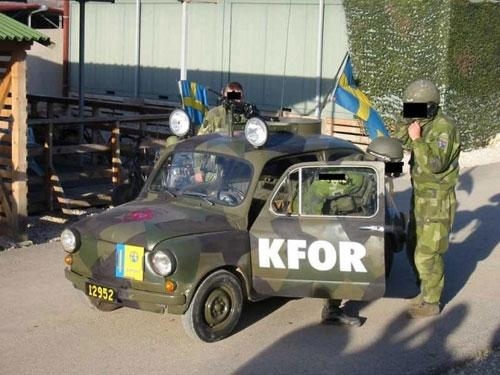
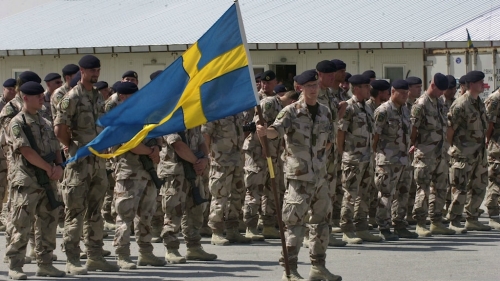
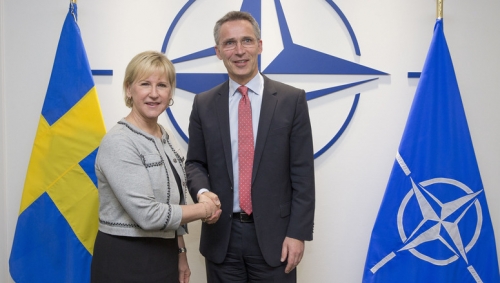

 del.icio.us
del.icio.us
 Digg
Digg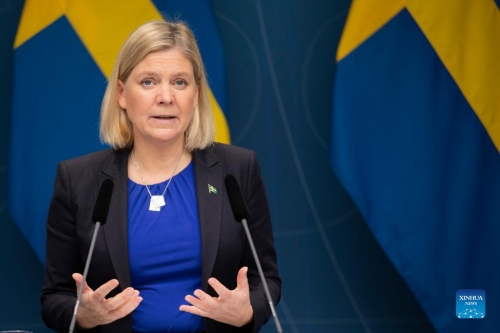

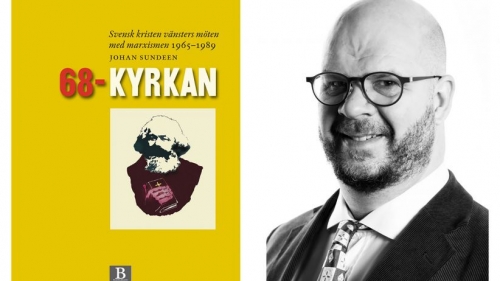
 Dans son livre récemment publié, The Way of Reformism : On Social Democracy and the Church (La voie du réformisme : sur la social-démocratie et l'Eglise) (Reformismens väg - om socialdemokratin och kyrkan) le social-démocrate Jesper Bengtsson note avec une certaine satisfaction qu'il n'y a probablement aucune autre institution dans la société occidentale qui ait été transformée dans la même mesure que l'Église de Suède.
Dans son livre récemment publié, The Way of Reformism : On Social Democracy and the Church (La voie du réformisme : sur la social-démocratie et l'Eglise) (Reformismens väg - om socialdemokratin och kyrkan) le social-démocrate Jesper Bengtsson note avec une certaine satisfaction qu'il n'y a probablement aucune autre institution dans la société occidentale qui ait été transformée dans la même mesure que l'Église de Suède.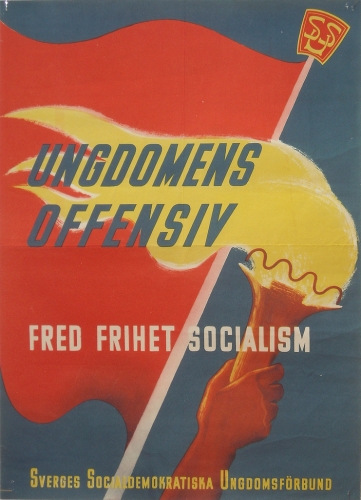
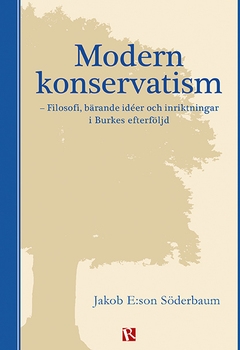 Cependant, il y a maintenant des signes d'un réveil intellectuel conservateur. Après des décennies de sommeil, une littérature de qualité est publiée. Par exemple, Modern konservatism : filosofi, bärande idéer och inriktningar i Burkes efterföljd (Modern Conservatism : Philosophy, Main Ideas and Directions in the Wake of Burke) de Jakob E:son Söderbaum, la première vue d'ensemble complète de ce type en suédois, a été publiée en 2020. Il s'agit de l'ouvrage le plus complet d'une vague de publications, dont plusieurs anthologies et recueils d'essais présentant les traditions conservatrices suédoises et continentales.
Cependant, il y a maintenant des signes d'un réveil intellectuel conservateur. Après des décennies de sommeil, une littérature de qualité est publiée. Par exemple, Modern konservatism : filosofi, bärande idéer och inriktningar i Burkes efterföljd (Modern Conservatism : Philosophy, Main Ideas and Directions in the Wake of Burke) de Jakob E:son Söderbaum, la première vue d'ensemble complète de ce type en suédois, a été publiée en 2020. Il s'agit de l'ouvrage le plus complet d'une vague de publications, dont plusieurs anthologies et recueils d'essais présentant les traditions conservatrices suédoises et continentales.
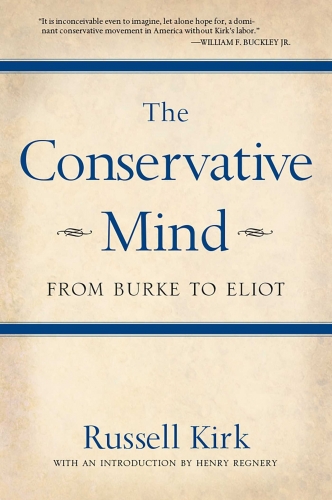



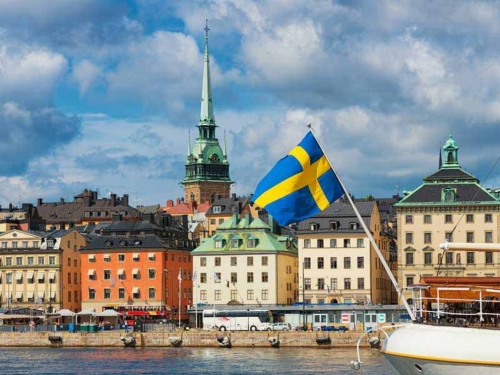
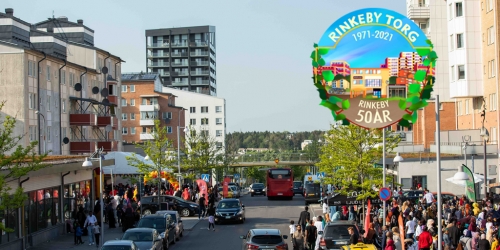



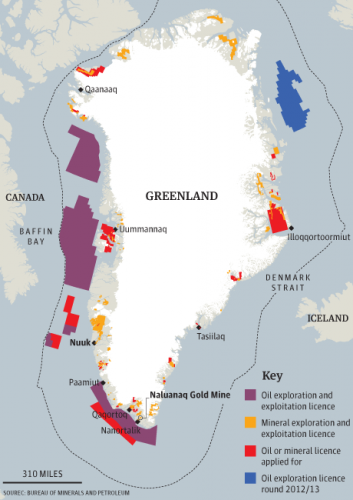
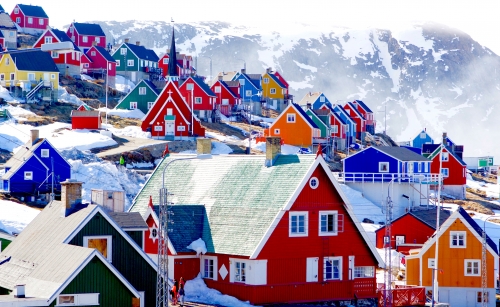
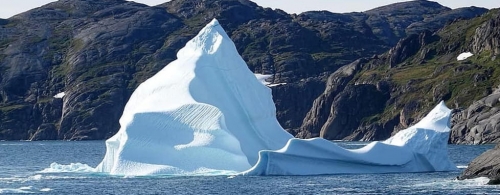
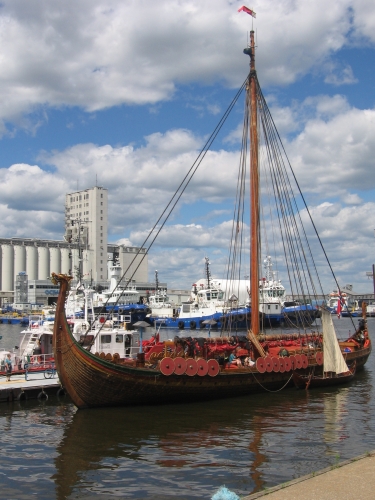

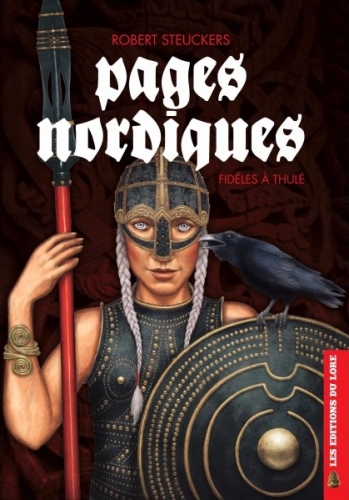
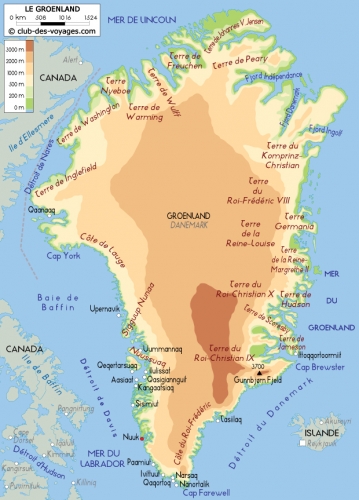
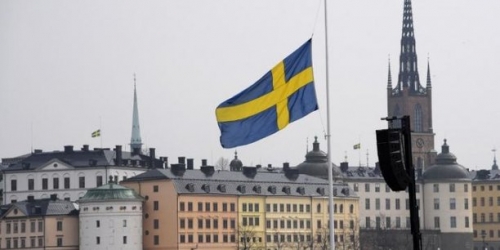

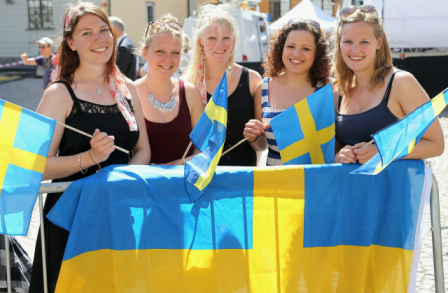

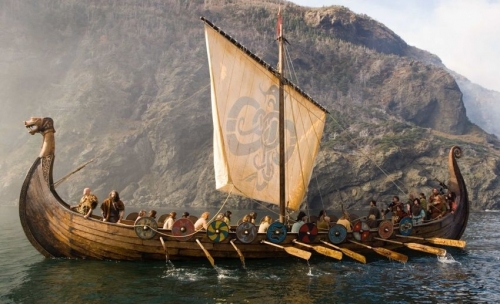





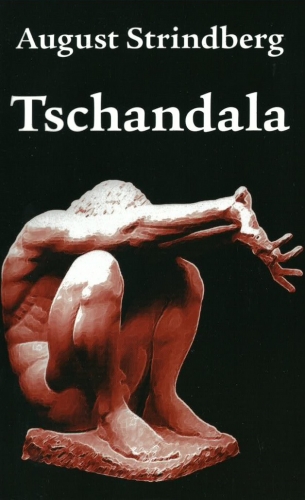
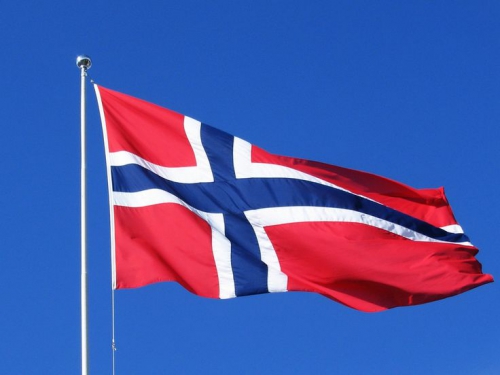

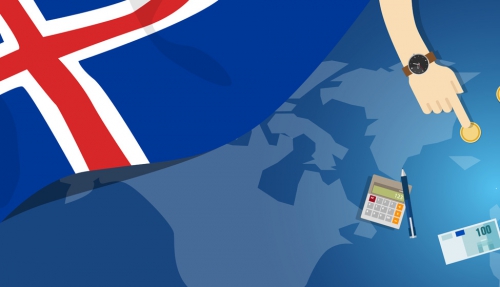
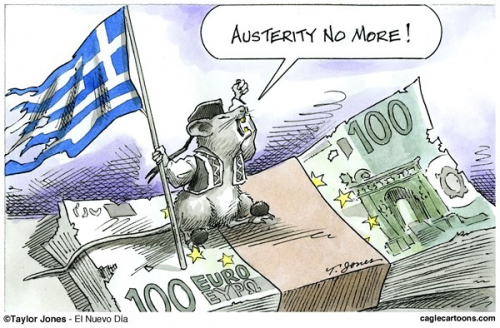
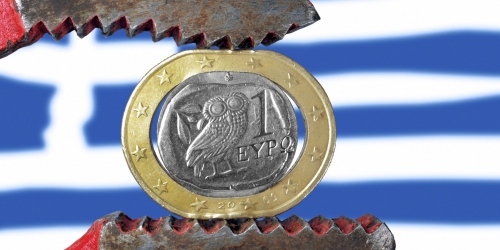
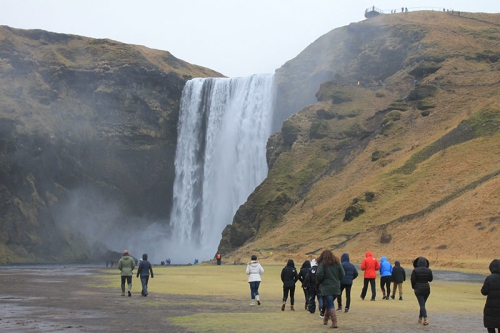
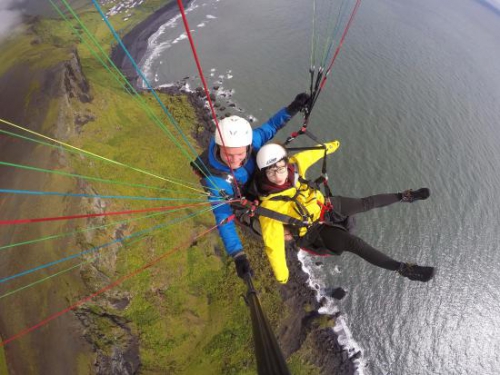
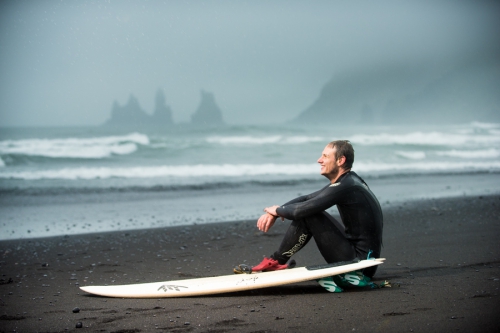

 Jensen’s first success in the realm of serious literature was a series of sketches set in his native region, the Himmerland Stories. While still in his twenties, he produced The Fall of the King, a historical novel about Christian II of Denmark (reigned 1513–1523); the novel remains a classic of Danish literature, and in 1999 was named Denmark’s greatest twentieth-century novel by two separate newspapers. Jensen also wrote poetry and introduced the prose poem to Denmark. His travels in America inspired one of the most famous poems in Danish literature: “At Memphis Station.”
Jensen’s first success in the realm of serious literature was a series of sketches set in his native region, the Himmerland Stories. While still in his twenties, he produced The Fall of the King, a historical novel about Christian II of Denmark (reigned 1513–1523); the novel remains a classic of Danish literature, and in 1999 was named Denmark’s greatest twentieth-century novel by two separate newspapers. Jensen also wrote poetry and introduced the prose poem to Denmark. His travels in America inspired one of the most famous poems in Danish literature: “At Memphis Station.” He was a primitive man, with mighty impulses but no reflective mind. He simply did not turn aside for anyone or anything, and this savage strength that blindly revolted against any kind of compulsion was the cause which sundered his fate from that of his tribe.
He was a primitive man, with mighty impulses but no reflective mind. He simply did not turn aside for anyone or anything, and this savage strength that blindly revolted against any kind of compulsion was the cause which sundered his fate from that of his tribe. Thus the gulf between the two races parted by the ice became a profound eternal chasm. They were no longer each other’s like. The division between them was fateful in its effect. The primitive people who continually gave ground remained the same, whereas Carl, who could not yield, had become another and had passed on his changed nature to his descendants.
Thus the gulf between the two races parted by the ice became a profound eternal chasm. They were no longer each other’s like. The division between them was fateful in its effect. The primitive people who continually gave ground remained the same, whereas Carl, who could not yield, had become another and had passed on his changed nature to his descendants.
 White Bear takes plenty of revenge upon the Badgers, of course, but he gradually realizes both that their numbers are inexhaustible and that they no longer have any idea why he is killing them. They have already forgotten the attack on the settlement and sincerely believe that White Bear is the aggressor. So the killing comes to seem pointless to White Bear, and he leaves off.
White Bear takes plenty of revenge upon the Badgers, of course, but he gradually realizes both that their numbers are inexhaustible and that they no longer have any idea why he is killing them. They have already forgotten the attack on the settlement and sincerely believe that White Bear is the aggressor. So the killing comes to seem pointless to White Bear, and he leaves off.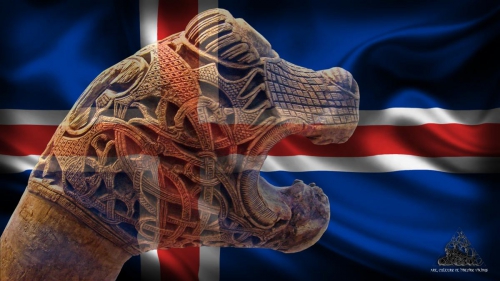
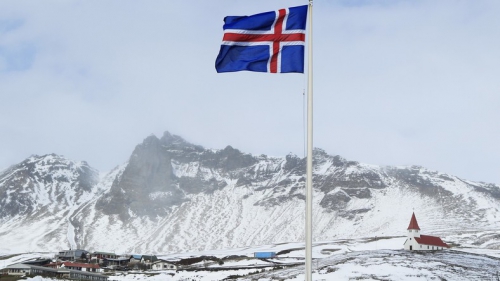

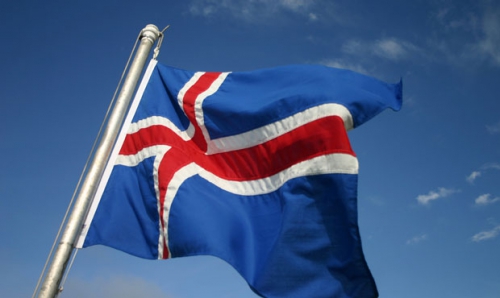
 Le parti « rouge-vert » des écologistes de gauche avec 15,9% des voix (+5.1) et 10 sièges (+3) est également un des grands vainqueurs de ce scrutin. Cela explique aussi sans doute la contre-performance des Pirates par rapport aux promesses des sondages. De même les écologistes pro-européens de Vidreisn, nouvelle formation politique, avec 10,5% des voix et 7 sièges, rentrent au parlement où ils y renforcent la gauche. Avec les sociaux-démocrates islandais, en perte de vitesse, n’obtenant que 5,7% des voix (-7,1) et 3 sièges (-6), la gauche et les Pirates réunis n'auraient 30 sièges (sur 63). Mais il s’agirait d’une coalition certes légèrement majoritaire mais très hétéroclite.
Le parti « rouge-vert » des écologistes de gauche avec 15,9% des voix (+5.1) et 10 sièges (+3) est également un des grands vainqueurs de ce scrutin. Cela explique aussi sans doute la contre-performance des Pirates par rapport aux promesses des sondages. De même les écologistes pro-européens de Vidreisn, nouvelle formation politique, avec 10,5% des voix et 7 sièges, rentrent au parlement où ils y renforcent la gauche. Avec les sociaux-démocrates islandais, en perte de vitesse, n’obtenant que 5,7% des voix (-7,1) et 3 sièges (-6), la gauche et les Pirates réunis n'auraient 30 sièges (sur 63). Mais il s’agirait d’une coalition certes légèrement majoritaire mais très hétéroclite.
